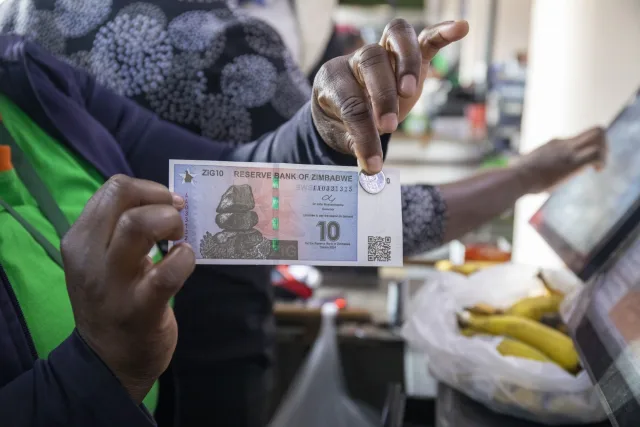Zimbabwe seeks full convertibility of ZiG currency

The ZiG’s predecessor, the Zimbabwe dollar, couldn’t be exchanged for other currencies, or traded outside the country. The international community has “reacted positively” to the new unit since its launch last month, and asked Zimbabwean authorities to ensure it’s kept stable, according to Ncube.
“Everyone is looking for stability in order to have a predictable environment for running an economy,” Ncube said in an interview Thursday on the sidelines of an investment summit in Johannesburg. Zimbabwe consulted the International Monetary Fund and received technical advice from the World Bank on the new currency, central bank Governor John Mushayavanhu has said previously.
Read More: Zimbabwe Says New Gold-Backed ZiG Has Finally Got Inflation Beat
“It will be wonderful if we can work on the currency convertibility aspect, to make sure that it’s a strong currency that is convertible and has all the features of a global currency,” said Ncube. “In order to really strengthen the currency it’s a quest that we should have in mind and we are looking into that.”
Authorities do not yet have a time frame to achieve ZiG convertibility, Ncube added.
The ZiG, introduced on April 5, is backed by 2.5 tons of gold and about $100 million in foreign currency reserves. Earlier this week, the central bank introduced ZiG banknotes and coins to members of the public for the first time. The central bank’s deputy governor, Innocent Matshe, earlier Thursday said the nation has fully migrated to the ZiG, Zimbabwe’s sixth attempt to have a functional local currency.





